Every country tells its story through two powerful mediums: the land that shapes it and the food that emerges from it. From coastal regions where seafood dominates to mountainous areas where hearty, warming dishes prevail, geography and gastronomy have an undeniable connection.
The ingredients that thrive in a particular climate often become the cornerstone of that culture’s cuisine. Here is a list of 20 countries where the relationship between landscape and flavor creates a remarkable culinary identity.
Peru
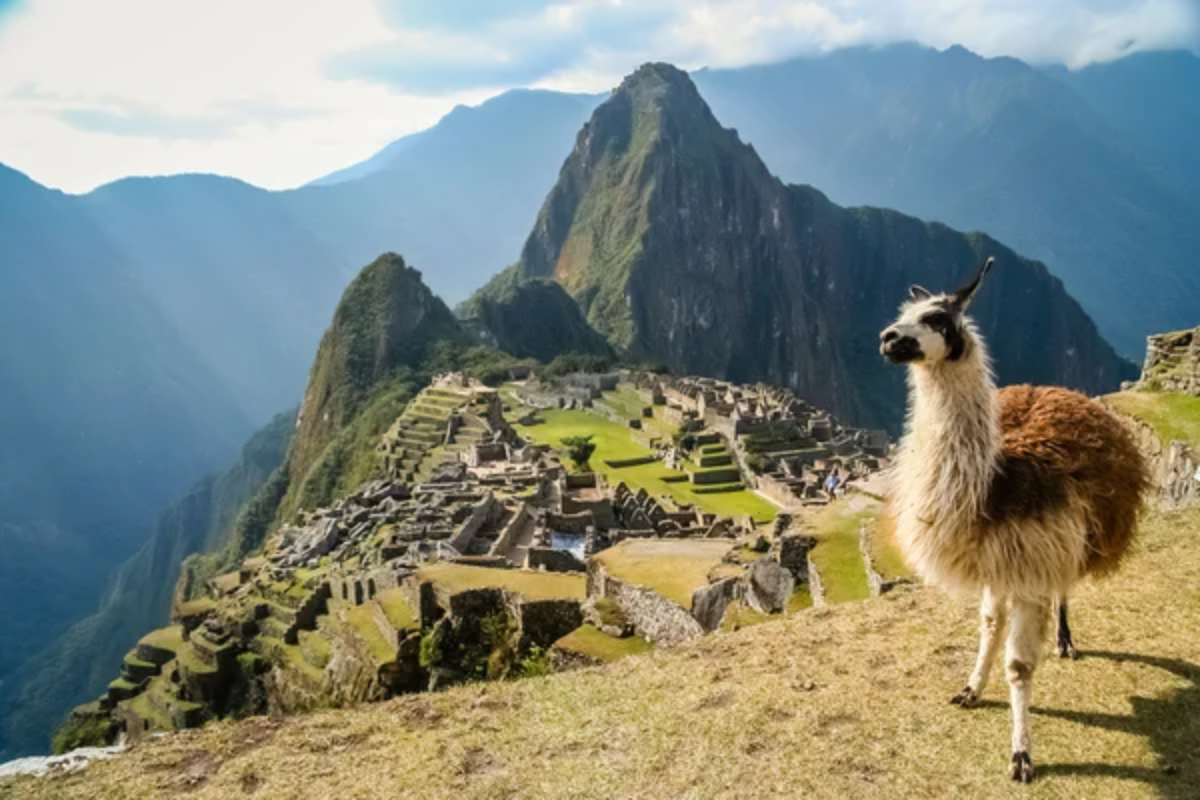
Peru’s diverse topography spans from coastal deserts to the soaring Andes and into the Amazon rainforest. This incredible range of ecosystems produces an equally diverse cuisine.
The country’s signature dish, ceviche, captures the essence of its 1,500-mile coastline with fresh fish marinated in citrus. Meanwhile, inland dishes feature ancient Andean ingredients like quinoa and thousands of potato varieties cultivated in the highlands for centuries.
Japan
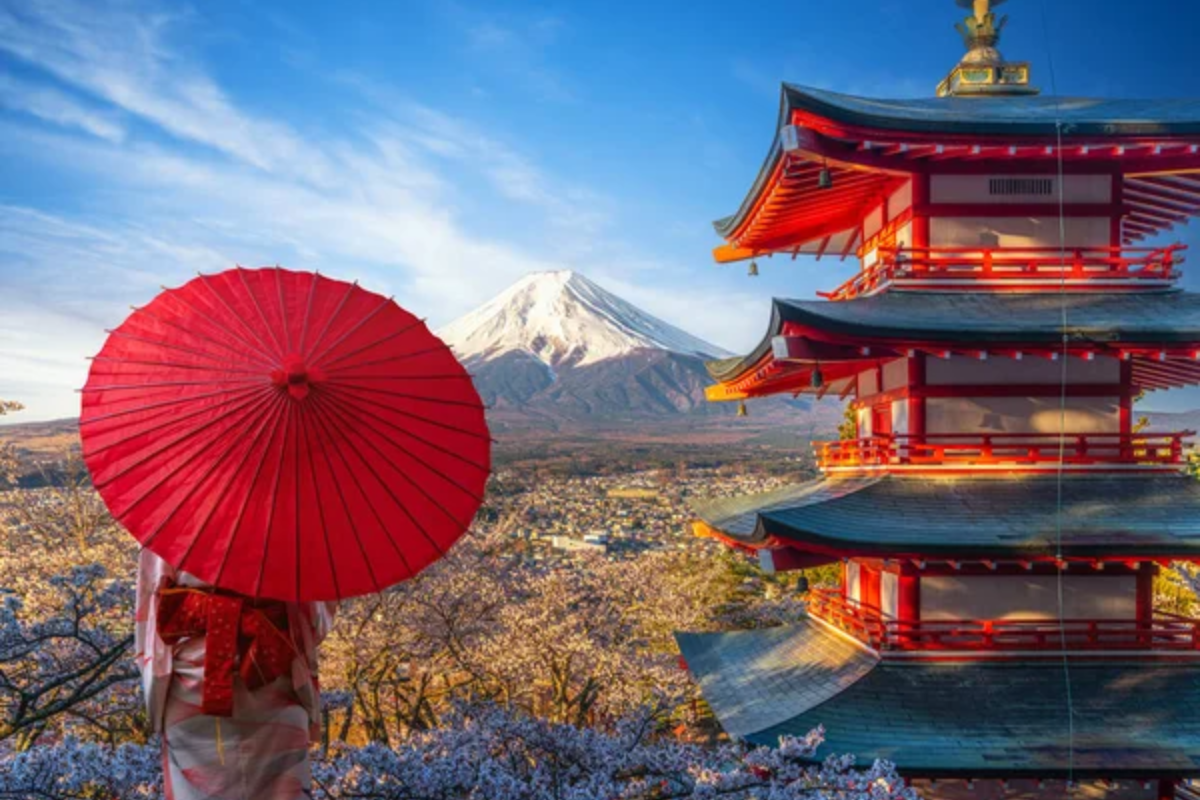
Japan’s island geography creates a culinary tradition deeply connected to the sea. The country’s 18,000 miles of coastline and cold, nutrient-rich waters produce some of the world’s most prized seafood.
Japanese cuisine emphasizes seasonal, minimally processed ingredients that highlight natural flavors—a philosophy reflected in dishes like sashimi, which showcases the pure taste of the ocean. The mountainous interior contributes foraged ingredients like mushrooms and mountain vegetables that round out the nation’s flavor profile.
Like Travel Pug’s content? Follow us on MSN.
Morocco
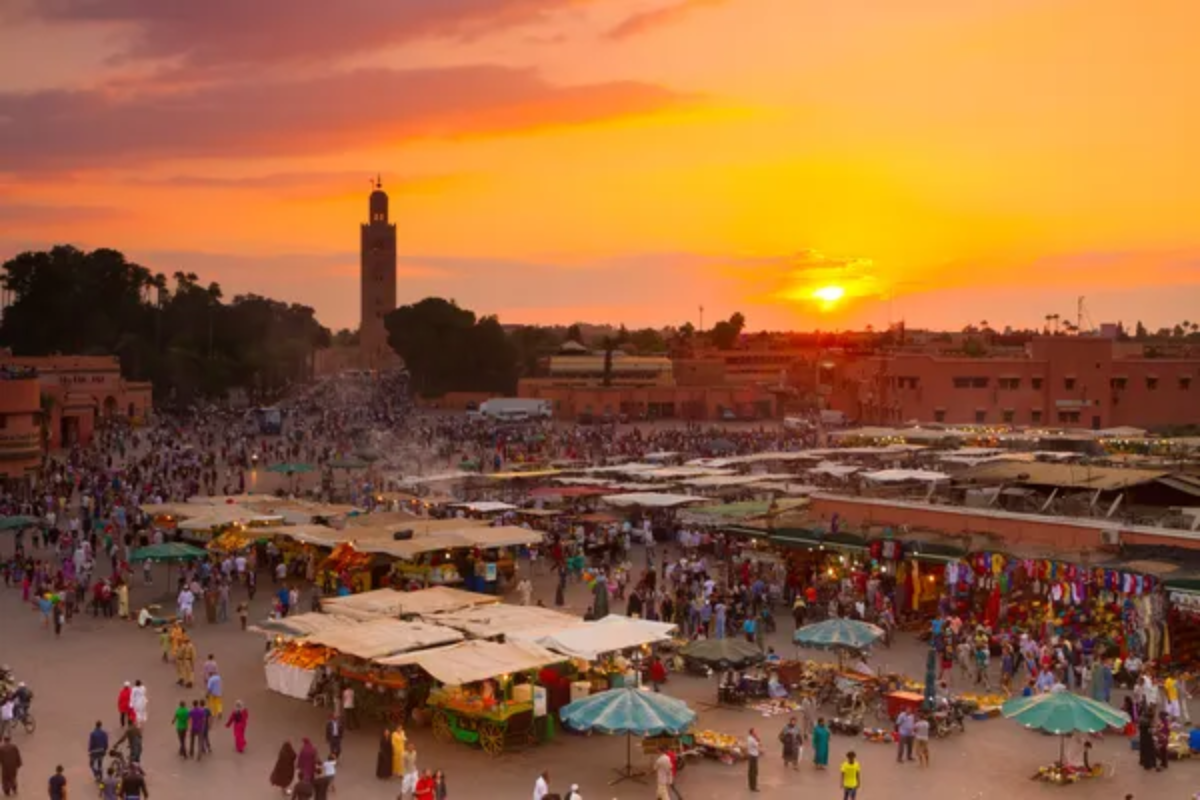
Morocco’s cuisine mirrors its position where the Mediterranean meets North Africa and the Sahara. Spice caravans once crossed this land, leaving a culinary tradition rich with complex flavor combinations.
Tagines—slow-cooked stews named for the conical earthenware pots they’re prepared in—reflect the desert heritage, where cooking methods evolved to conserve fuel and water. The country’s fertile coastal plains contribute olives, citrus, and herbs that brighten these hearty dishes.
Thailand
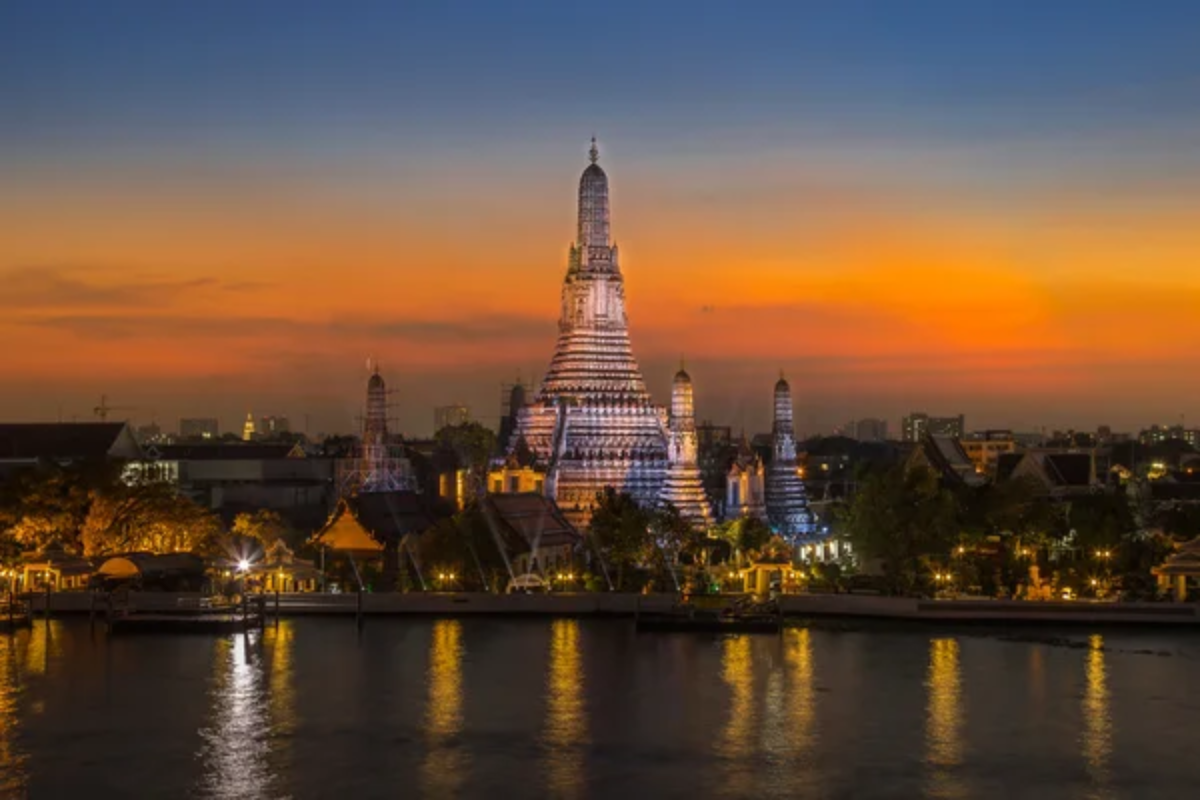
Thailand’s tropical geography directly translates to its vibrant, aromatic cuisine. The hot, humid climate supports the lush growth of galangal, lemongrass, and lime leaves—ingredients that define Thai flavor profiles.
Rivers and coastal areas provide fish sauce, a cornerstone of Thai cooking that carries the umami essence of the surrounding waters. Northern hill regions contribute earthier elements and produce cooler-weather crops that appear in distinctive regional specialties.
Italy
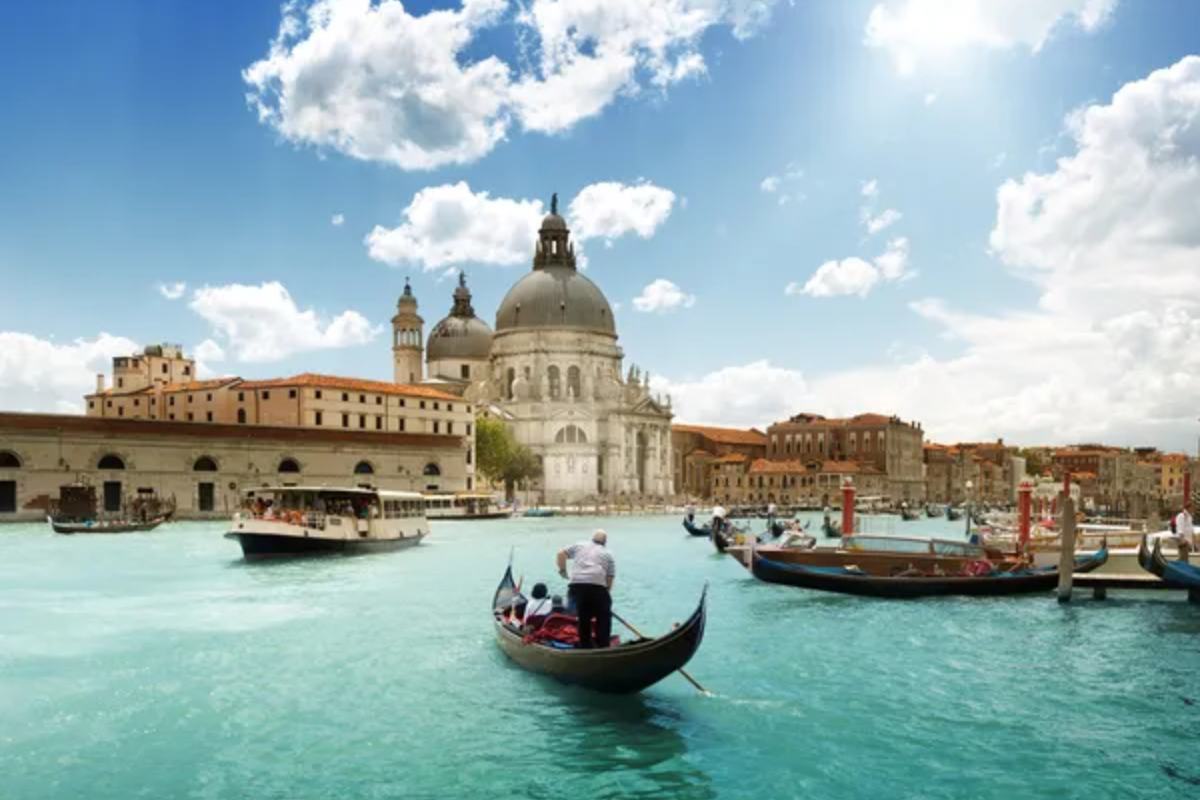
Italy’s diverse microclimates create distinct regional cuisines within a relatively small area. The sun-drenched south, with its Mediterranean coastline, produces tomatoes, olives, and citrus that define Sicilian and Neapolitan cooking.
Central Italy’s rolling hills support the wheat fields that supply pasta and bread traditions. The cooler, misty north, bordered by the Alps, gives rise to risotto, polenta, and rich, creamy sauces that warm mountain dwellers.
Like Travel Pug’s content? Follow us on MSN.
Mexico
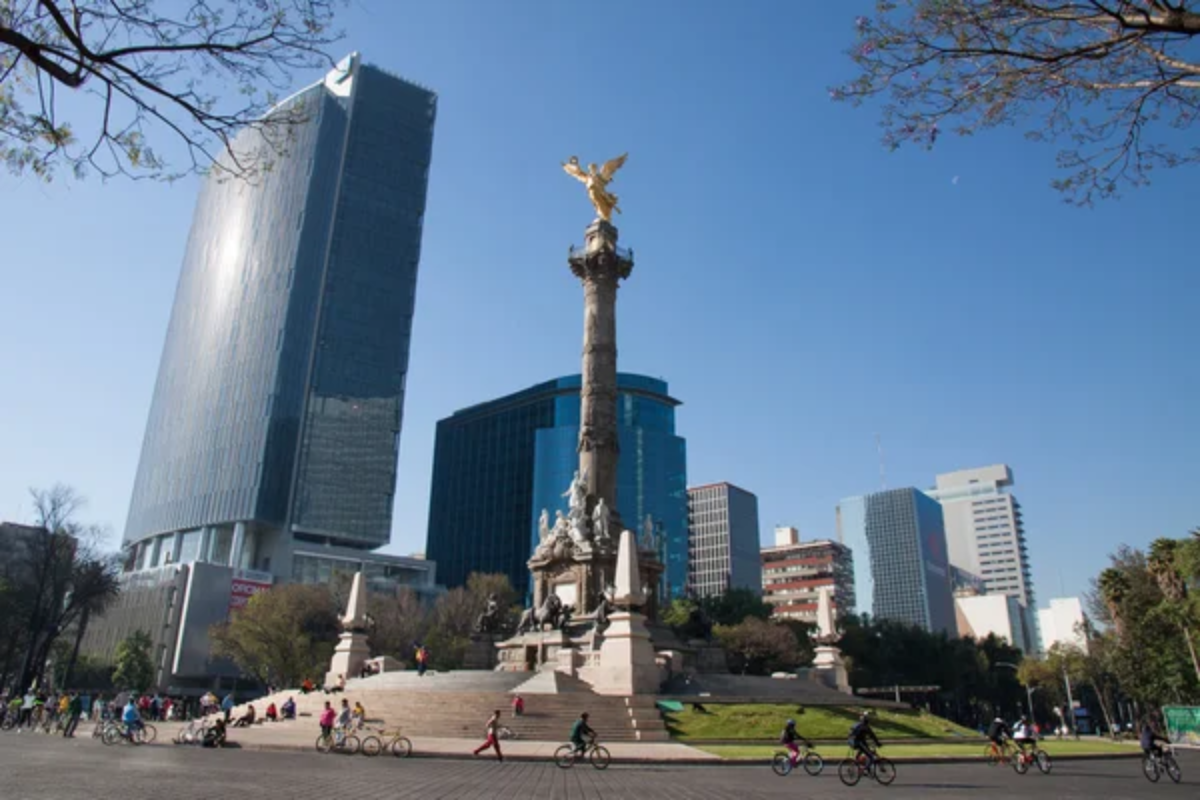
Mexico’s varied terrain—from coastal lowlands to high plateaus and mountain ranges—produces one of the world’s most complex culinary traditions. The country’s ancient relationship with corn forms the backbone of its cuisine, with regional variations reflecting local landscapes.
Coastal areas contribute seafood for ceviches and fish tacos, while the arid northern regions are known for meat dishes and flour tortillas. The tropical south offers exotic fruits and the distinctive ingredients of Mayan-influenced cooking.
India
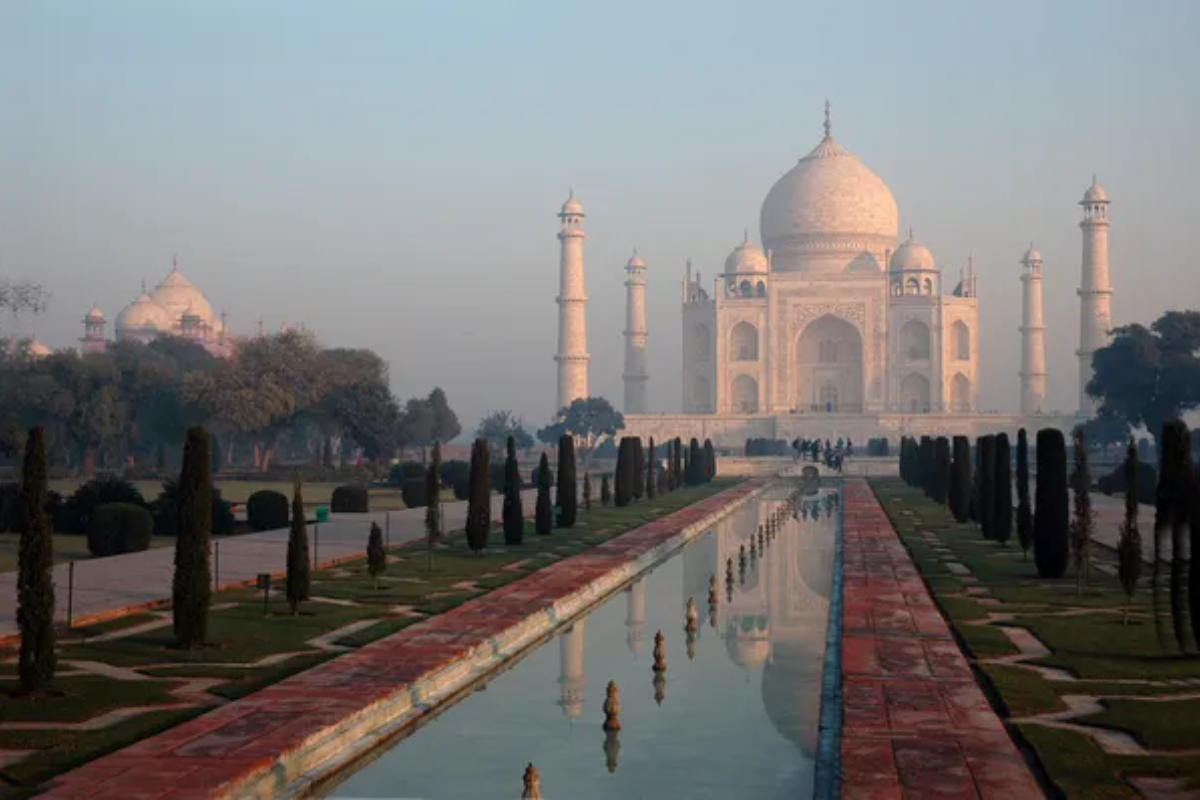
India’s vast subcontinent encompasses nearly every possible landscape, from the Himalayan mountains to tropical rainforests and arid plains. This geographic diversity creates dramatically different regional cuisines united by skillful spice use.
With colder winters, Northern regions favor wheat breads and rich, warming curries. The coastal south specializes in coconut-infused seafood dishes and rice preparations.
The mountainous northeast has its own distinct culinary identity, featuring unique local ingredients and fermentation traditions.
Greece
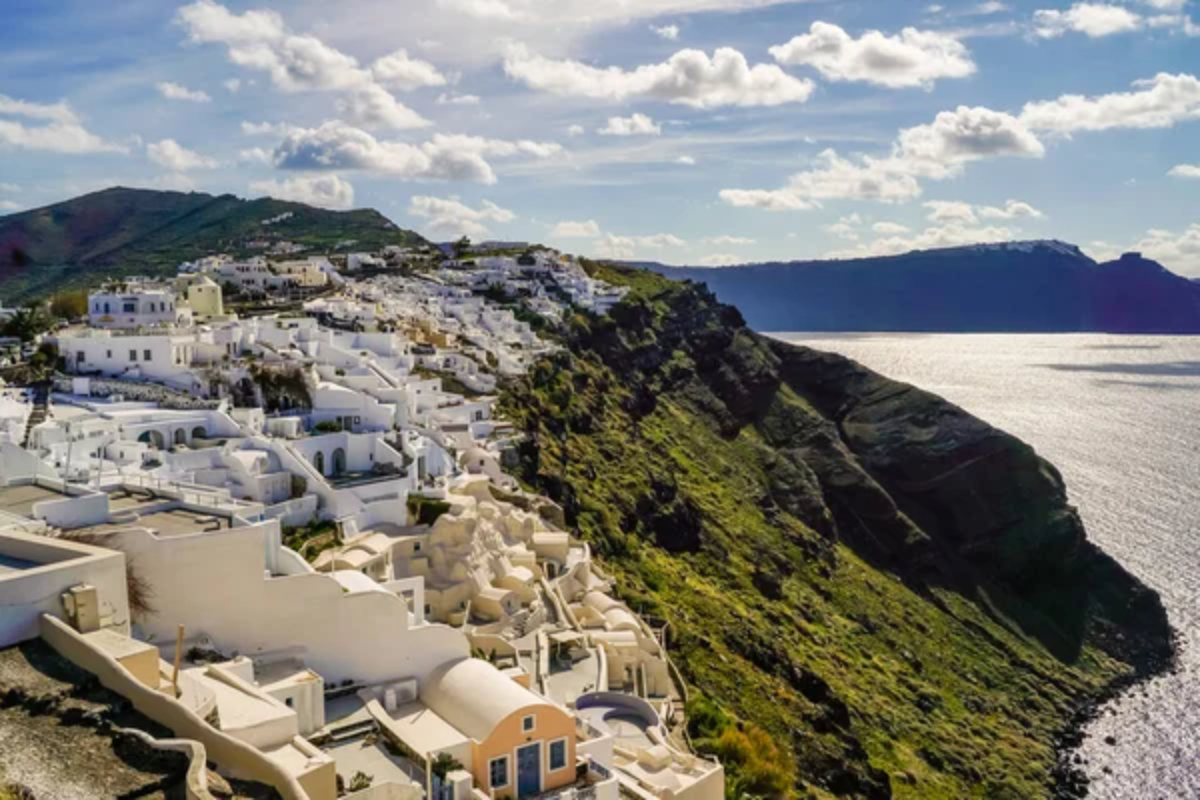
With its abundant coastline and mountainous interior, Greece’s Mediterranean position shapes a cuisine that balances sea and land. The crystal-clear waters provide fish often prepared with minimal intervention to preserve their natural flavor.
The rocky, sun-baked landscape supports olive trees, herb bushes, and hardy vegetables that require little water. These elements combine in a cuisine that emphasizes the simple preparation of exceptional ingredients—the essence of the Greek landscape on a plate.
Like Travel Pug’s content? Follow us on MSN.
Vietnam
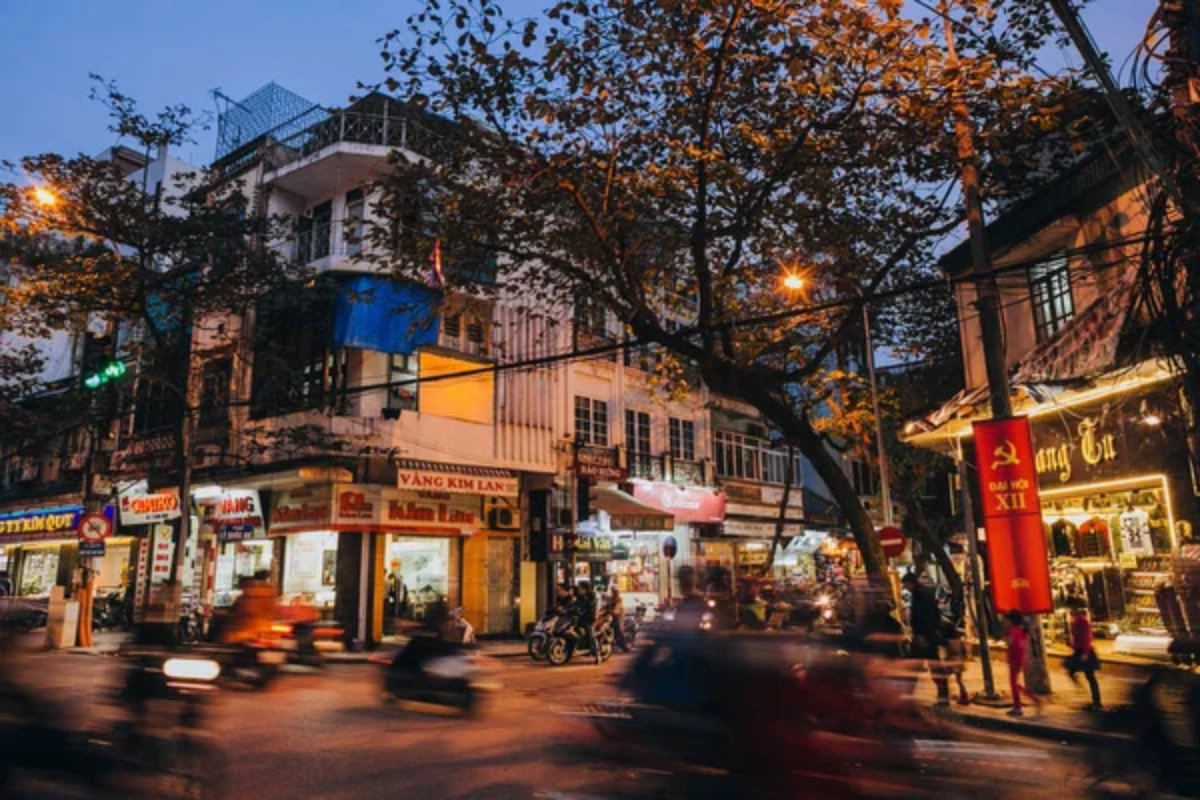
Vietnam’s 2,000-mile coastline and two major river deltas define its cuisine as much as its landscape. The country’s sinuous shape, stretching from the tropical south to the cooler north, creates distinct regional flavor profiles united by freshness and balance.
Rice paddies blanket the lowlands, making rice central to every meal. The abundance of rivers and coastline contributes fish sauce, the foundation of Vietnamese seasoning, literally distilling the essence of its waters into a condiment.
Lebanon

Lebanon’s Mediterranean coastline rises quickly into mountain ranges, creating diverse microclimates in a small area. This geographic compression results in a cuisine that maximizes local ingredients through ingenious preservation and preparation techniques.
Mountain herbs like za’atar grow wild on hillsides and feature prominently in the flavor profile. The fertile Bekaa Valley provides vegetables and grains for mezze—small plates that showcase the variety of this compact but diverse landscape.
Spain
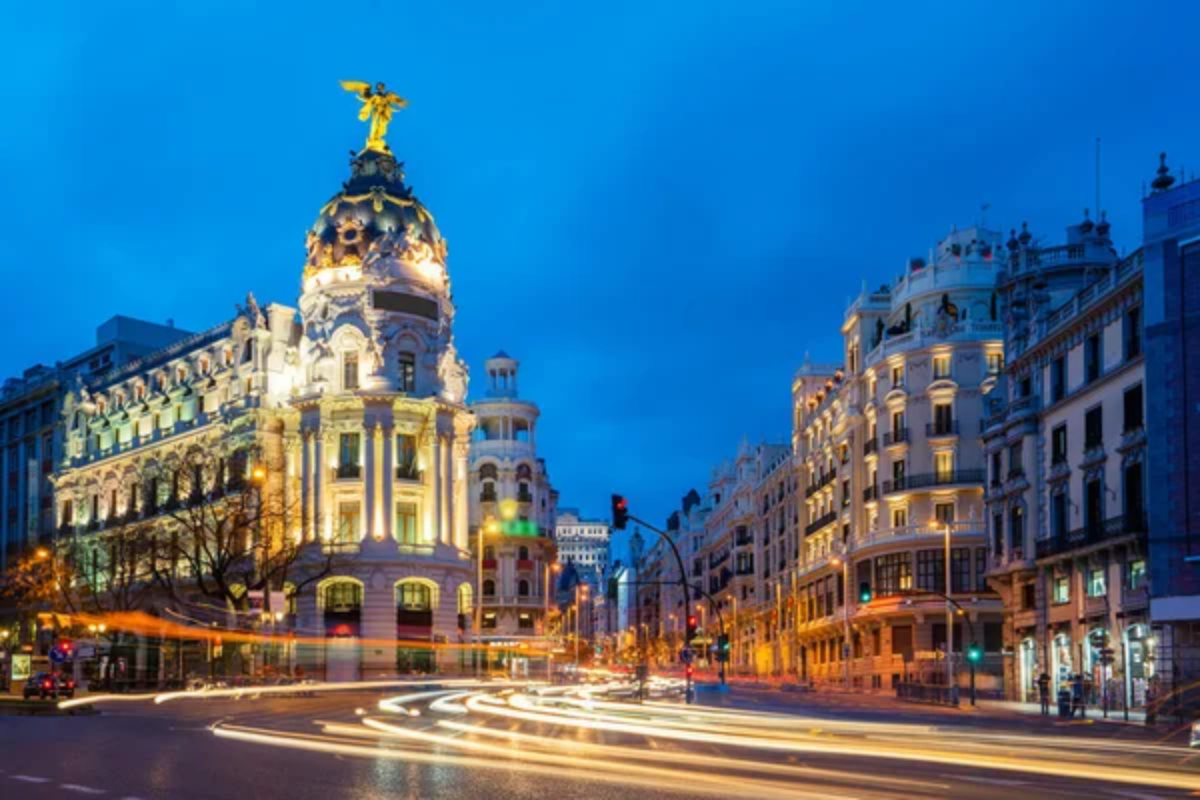
Spain’s varied terrain spans from Atlantic and Mediterranean coastlines to the central plateau and mountain ranges. This geographic diversity creates distinct regional cuisines that might belong to different countries.
The rain-soaked Northwest specializes in seafood and hearty stews. The sun-scorched central plains produce exceptional cured meats like jamón ibérico.
The Mediterranean East contributes rice dishes, including paella, which originated in Valencia’s coastal wetlands and perfectly captures that specific ecosystem.
Like Travel Pug’s content? Follow us on MSN.
Ethiopia

Ethiopia’s elevated highlands and dramatic topography directly influence its distinctive cuisine. The country’s central plateau sits over 7,000 feet above sea level, creating a temperate climate ideal for growing teff, a tiny grain used to make injera.
This spongy flatbread serves as a plate and a utensil in Ethiopian dining. The volcanic soil supports unique coffee varieties, making Ethiopia the birthplace of coffee culture.
Regional variations reflect the dramatic differences between highland and lowland environments.
France

France’s position at the crossroads of Europe creates a geographic diversity supporting its reputation for culinary excellence. The cooler northern regions produce butter-based cuisines and hearty dishes designed for sustenance.
The Mediterranean south features olive oil, herbs, and vegetables that thrive in the warm climate. France’s distinct regions—from Brittany’s rugged coastline to Provence’s lavender fields and the majestic Alps—contribute signature ingredients and techniques to the national cuisine.
Chile
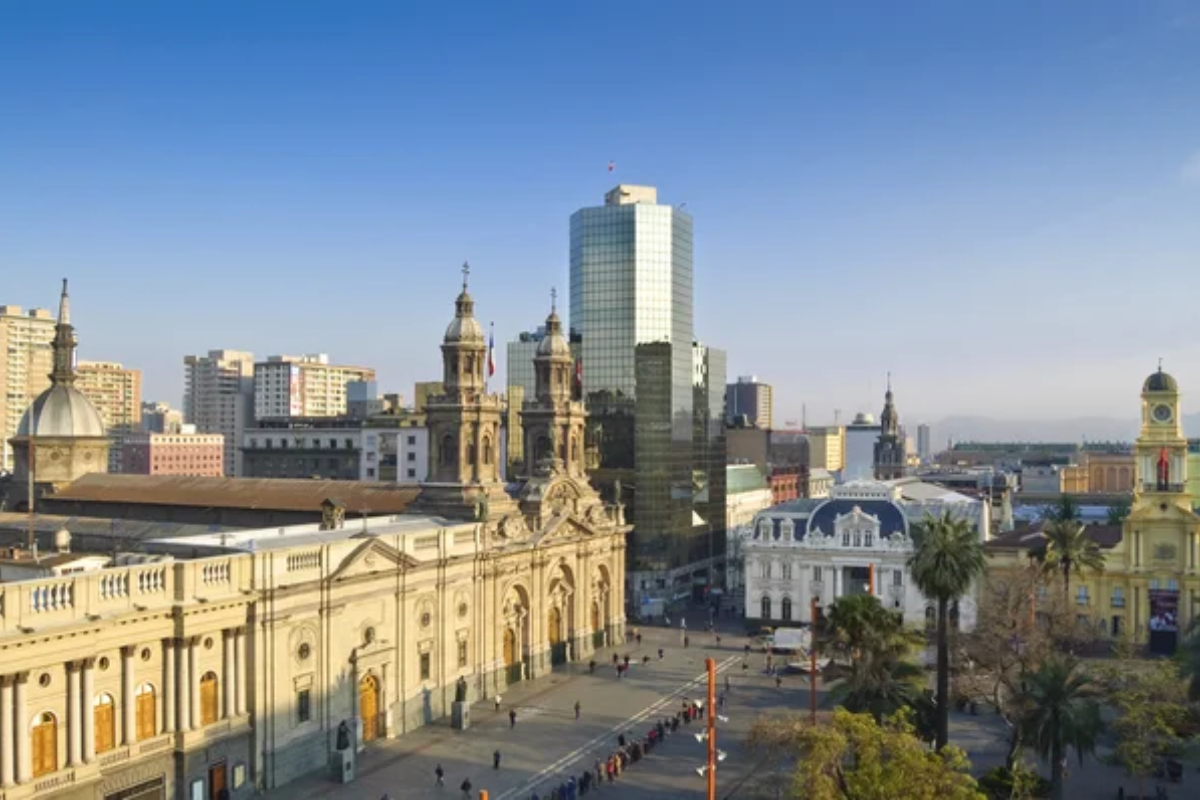
Chile’s extraordinary geography—a 2,700-mile ribbon of land with the Andes on one side and the Pacific on the other—creates one of the world’s most diverse culinary landscapes. The northern Atacama Desert, one of Earth’s driest places, gives way to a fertile central valley before transitioning to the cold, wet south.
This range supports everything from tropical fruits to cool-climate berries and unique seafood from the nutrient-rich Humboldt Current, all finding their way into Chile’s regionally diverse cuisine.
Like Travel Pug’s content? Follow us on MSN.
Turkey
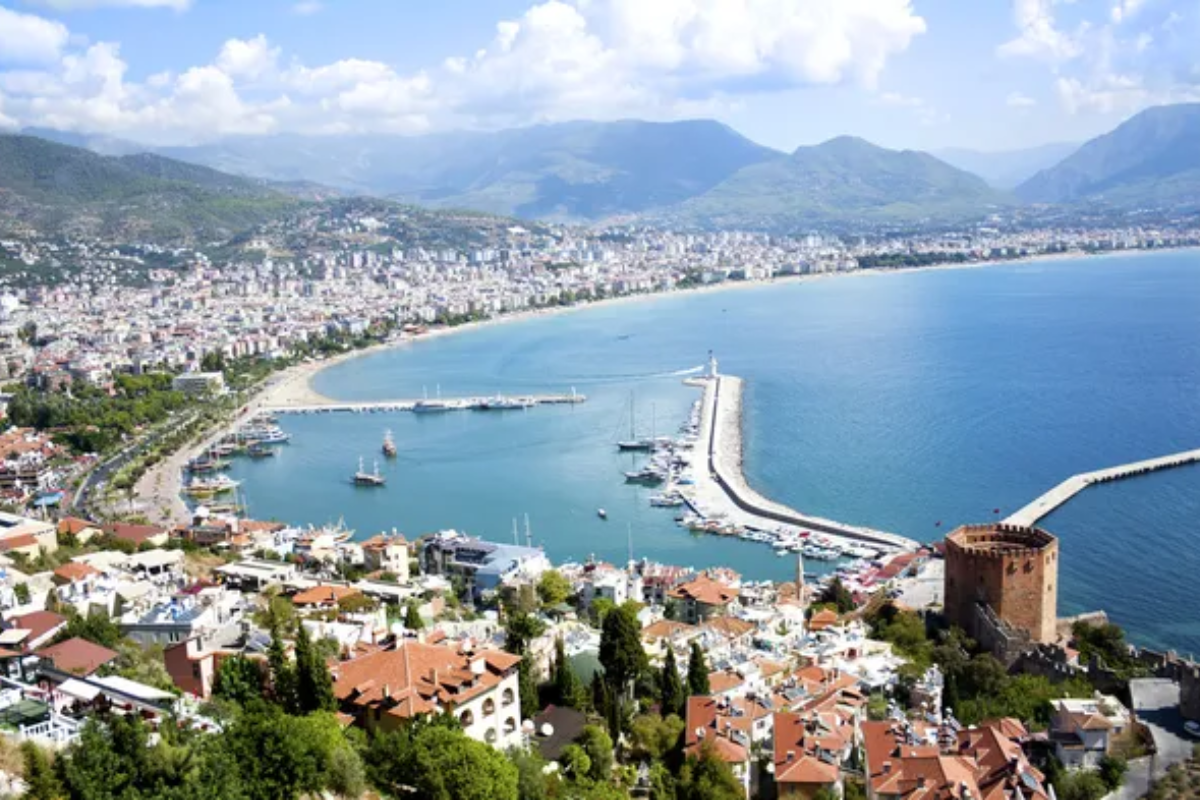
Turkey’s position straddling Europe and Asia creates a truly transcontinental cuisine. The country encompasses diverse landscapes from the Mediterranean and Black Sea coasts to central Anatolian plateaus and eastern mountains. This geographic variety produces regional specialties that range from olive oil-based dishes in the west to spicier preparations in the east.
The abundant coastline contributes seafood, while inland areas specialize in lamb and wheat-based dishes that reflect ancient agricultural traditions.
Ireland

Ireland’s misty, green landscape directly influences its traditional cuisine. The cool, wet climate creates perfect conditions for dairy farming, making butter, cheese, and cream essential elements in Irish cooking.
The surrounding seas provide seafood in traditional dishes like fish pies and chowders. The famously fertile soil—the source of the island’s emerald color—supports root vegetables and potatoes that became central to Irish foodways after their introduction in the 16th century.
Malaysia
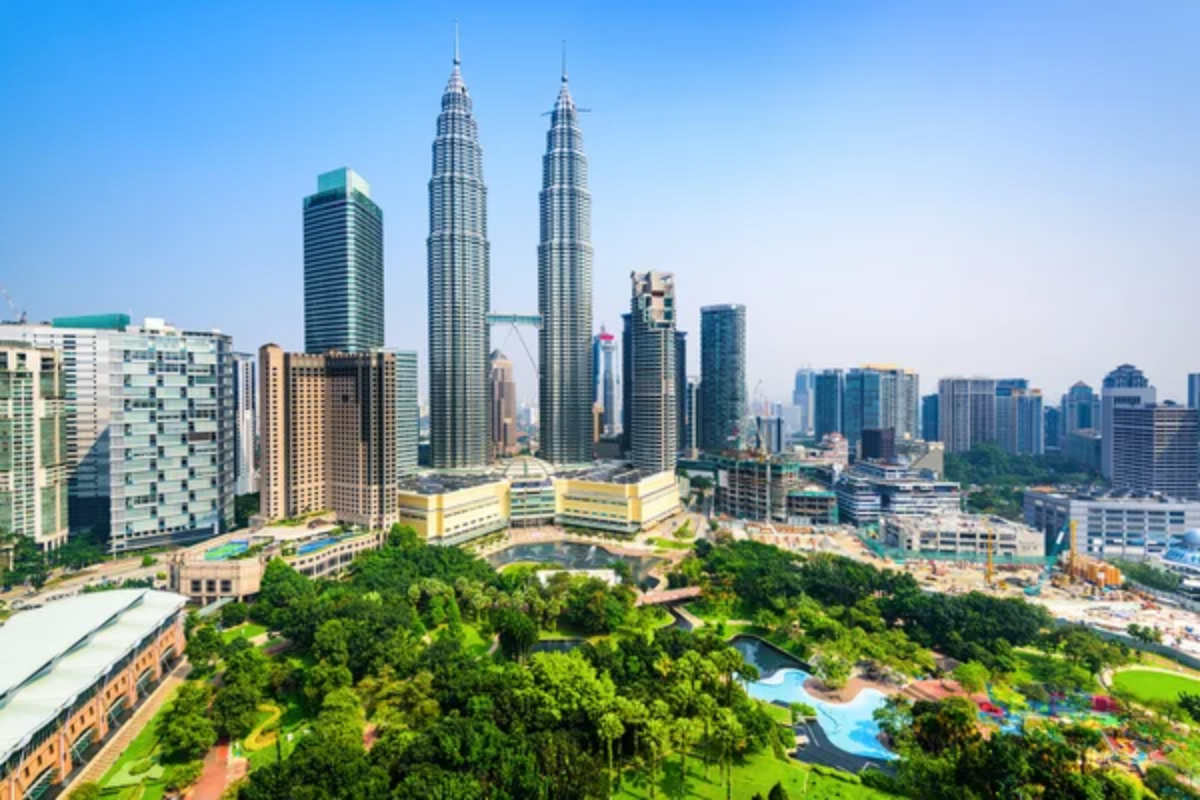
Malaysia’s equatorial position creates a perpetually warm, humid environment where flavors bloom intensely. The country’s tropical rainforests provide exotic fruits, while the surrounding seas offer abundant seafood.
This lush landscape supports the growth of aromatic ingredients like pandan leaves, torch ginger, and galangal that define Malaysian flavor profiles. The peninsula’s strategic location along ancient trade routes introduced influences from China, India, and the Middle East, all adapted to local ingredients.
Like Travel Pug’s content? Follow us on MSN.
Georgia
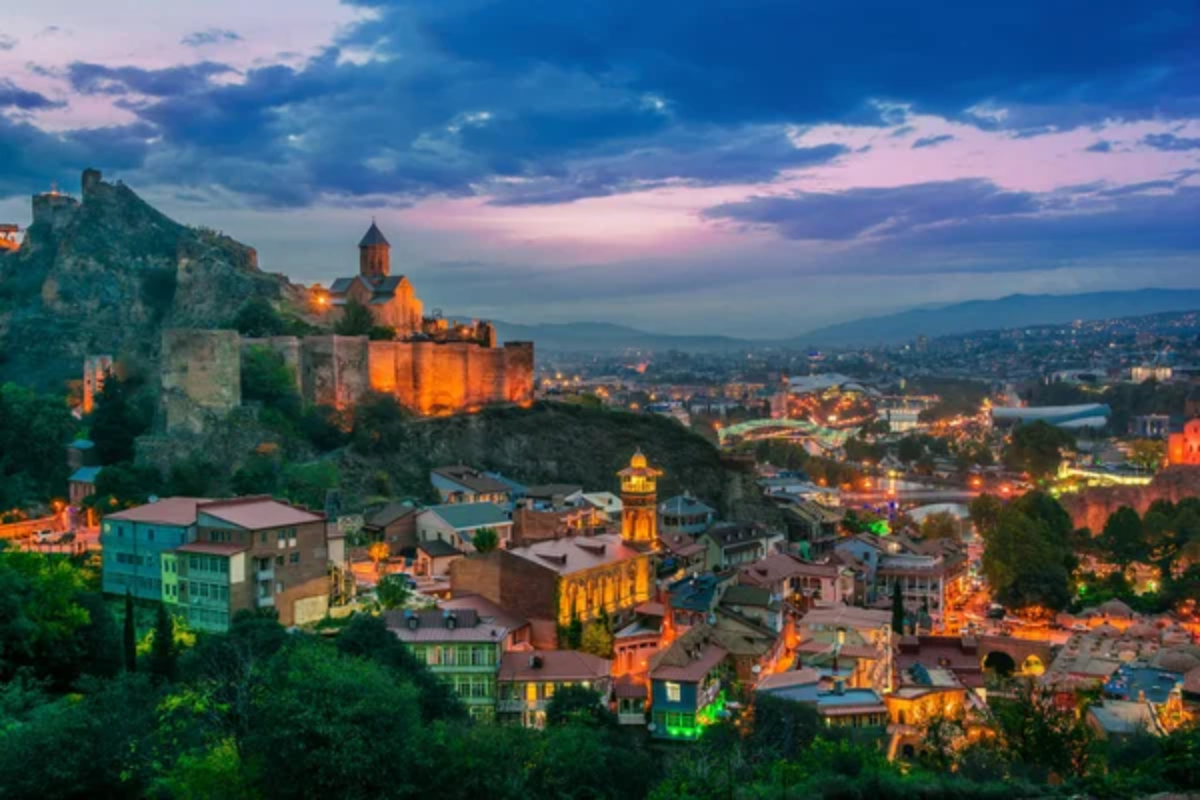
Georgia’s position in the Caucasus Mountains creates a unique culinary enclave where European and Asian influences merge. The country’s dramatic mountain valleys and Black Sea coastline support diverse agricultural traditions.
Georgia’s climate is ideal for viticulture, making it one of the world’s oldest wine regions with an 8,000-year history of winemaking. The mountainous terrain contributed to the development of hearty dishes like khachapuri (cheese-filled bread) and distinctive preservation methods that maximize seasonal bounty.
New Zealand

New Zealand’s isolated island created an environment with unique indigenous ingredients, which were later complemented by introduced crops and livestock. The country’s maritime climate, with ample rainfall and moderate temperatures, produces exceptional dairy, lamb, and seafood.
The clean waters surrounding the islands yield distinctive fish and shellfish varieties. Indigenous Māori cooking techniques like hāngi—food cooked in earth ovens—reflect a deep connection to the volcanic landscape that shaped these islands.
Brazil
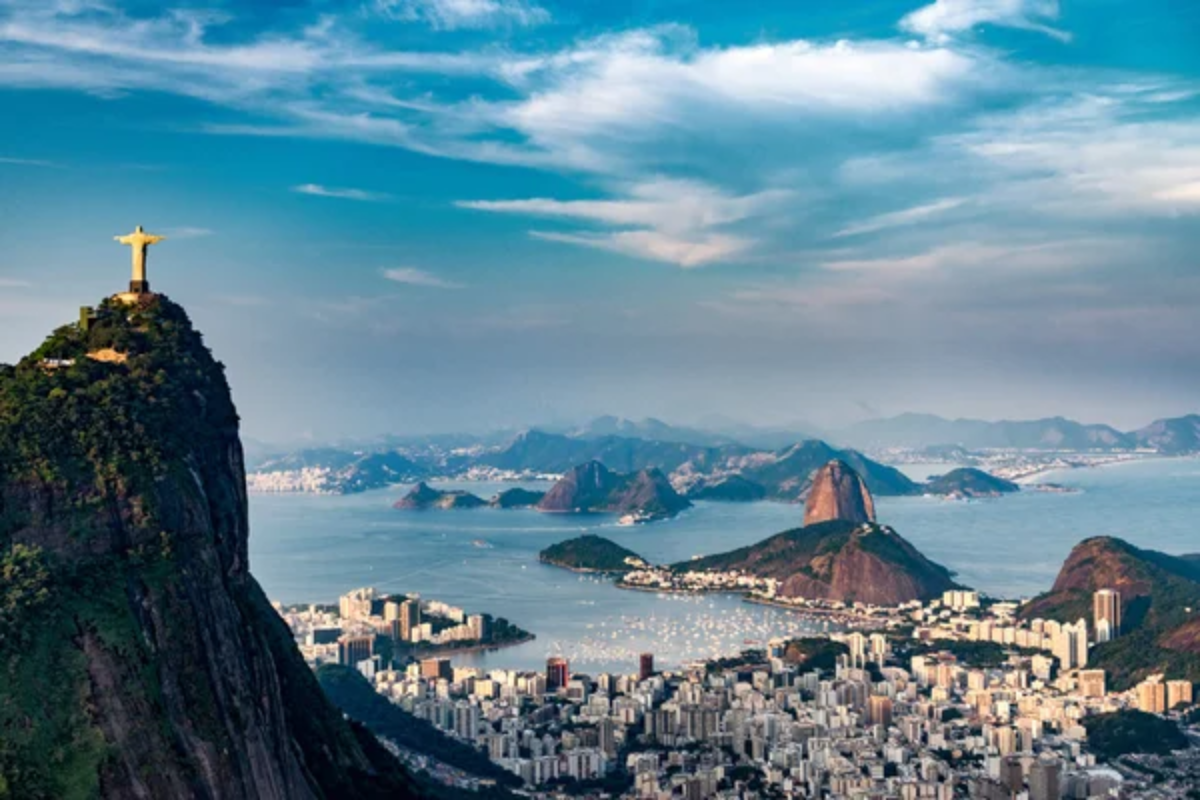
Brazil’s immense territory encompasses the Amazon rainforest, tropical coastlines, and high plains, creating wildly different culinary regions. The Amazon provides exotic fruits and fish found nowhere else on Earth.
The northeastern coastline contributes palm oil and seafood to African-influenced dishes. The southern grasslands support cattle ranching traditions and distinctive barbecue styles.
This continental-scale diversity means Brazilian cuisine varies dramatically from region to region, reflecting each area’s unique geographic character.
Like Travel Pug’s content? Follow us on MSN.
A World Shaped by Place and Plate

The intimate connection between landscape and cuisine isn’t just about ingredients but also cultural adaptation to the environment. These countries demonstrate how humans develop food traditions that make the most of what surrounds them.
As climate change alters growing conditions worldwide, these traditional connections between place and flavor become even more precious. They remind us that authentic cuisine isn’t just delicious—it’s a living record of how people have related to their particular piece of Earth through countless generations.
More from Travel Pug

- Cities Growing so Fast You Won’t Recognize Them in 10 Years
- 13 Destinations Where Tourists Regularly Regret Their Trip
- 20 Obscure WWII Sites Even History Buffs Don’t Know About
- 10 Under-the-Radar Mountain Towns That Are Both Affordable and Beautiful
- 20 Abandoned Places That Feel Like Real-Life Post-Apocalyptic Movie Sets
Like Travel Pug’s content? Follow us on MSN.
